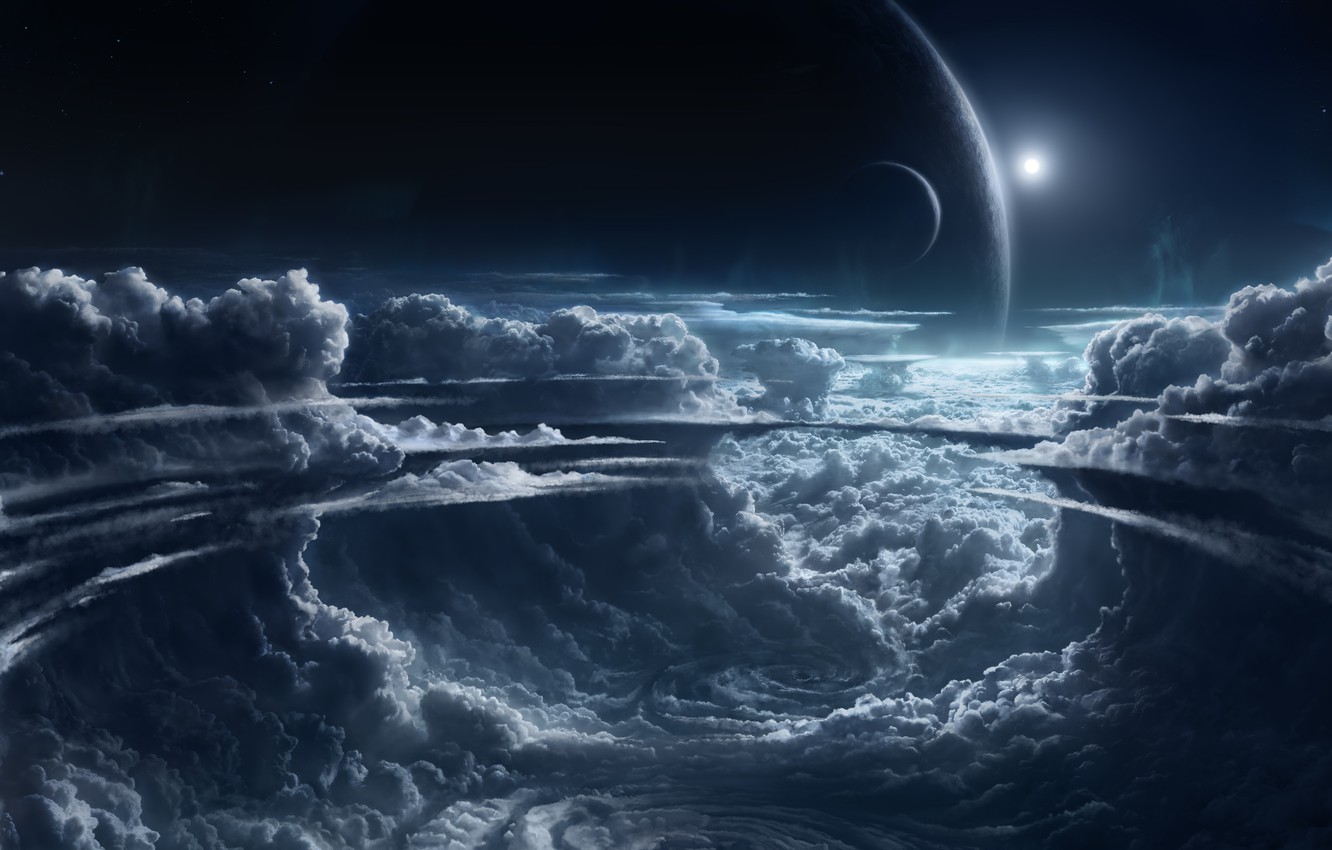- Get link
- X
- Other Apps
- Get link
- X
- Other Apps
The James Webb Space Telescope has found a strange alien world shrouded in clouds of sand-like silicate grains. The exoplanet discovery, described in a new paper as the first detection of its kind, was made by the James Webb Space Telescope's NIRSpec and MIRI instruments. In the data, astronomers spotted evidence of silicate-rich clouds around a brown dwarf nearly 20 times the size of Jupiter. The finding confirms some earlier theories about these odd planet-like worlds. Brown dwarfs are strange objects that are not quite big enough to ignite into stars but a little too big for ordinary planets. While brown dwarfs can't burn regular hydrogen, they can produce their own light and heat by burning deuterium (a less common isotope of hydrogen that contains an extra neutron). VHS 1256 b is a brown dwarf that orbits two tiny red dwarf stars 72 light-years from Earth in the constellation Corvus, or the Crow, in the southern sky. Astronomers spotted the odd exoplanet in 2016, and its reddish glow has perplexed them ever since. They suspected that the glow was created by some kind of atmosphere. According to Forbes, observations from the James Webb Space Telescope have now corroborated those predictions, demonstrating that VHS 1256 b must be surrounded in dense clouds filled of sand-like silicate grains. Water, methane, carbon monoxide, carbon dioxide, sodium, and potassium were also found in the atmosphere of VHS 1256 b by Webb.

Comments
Post a Comment